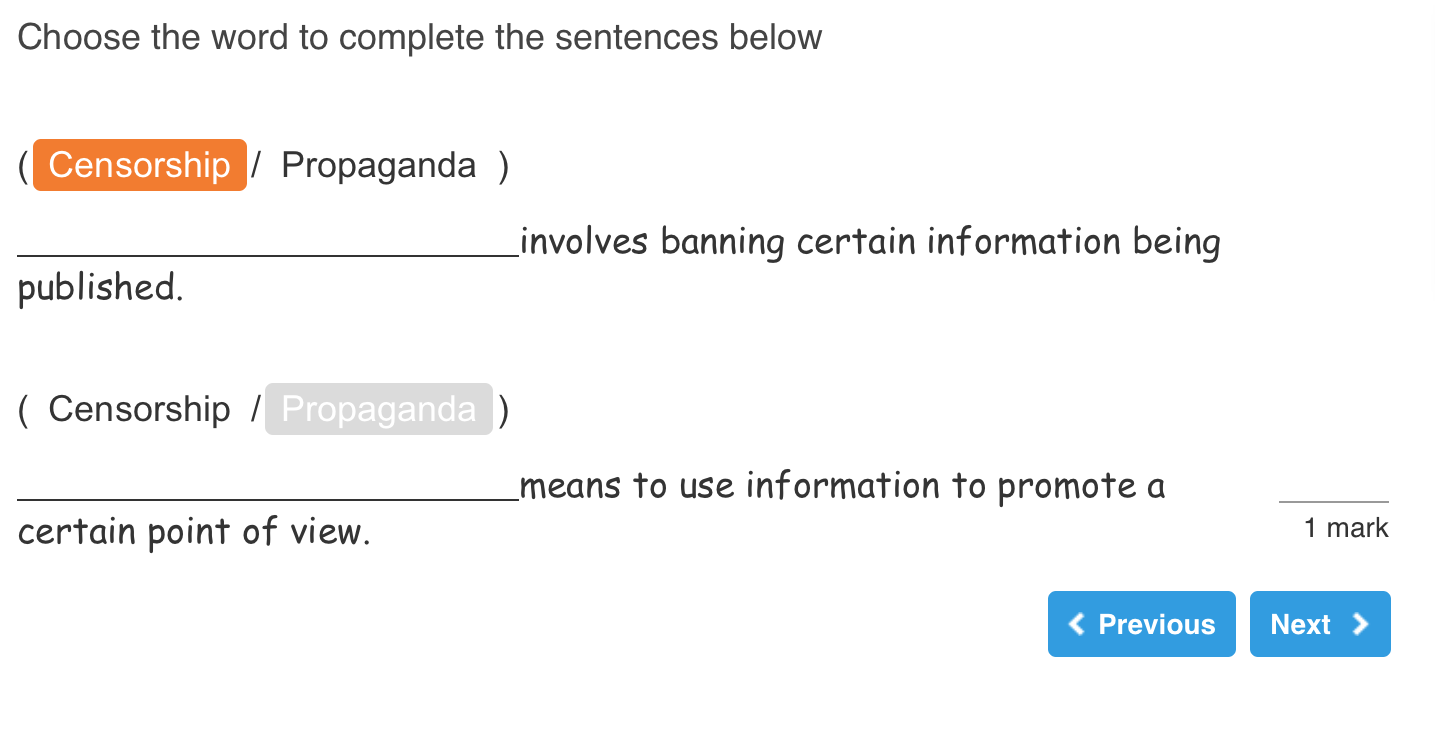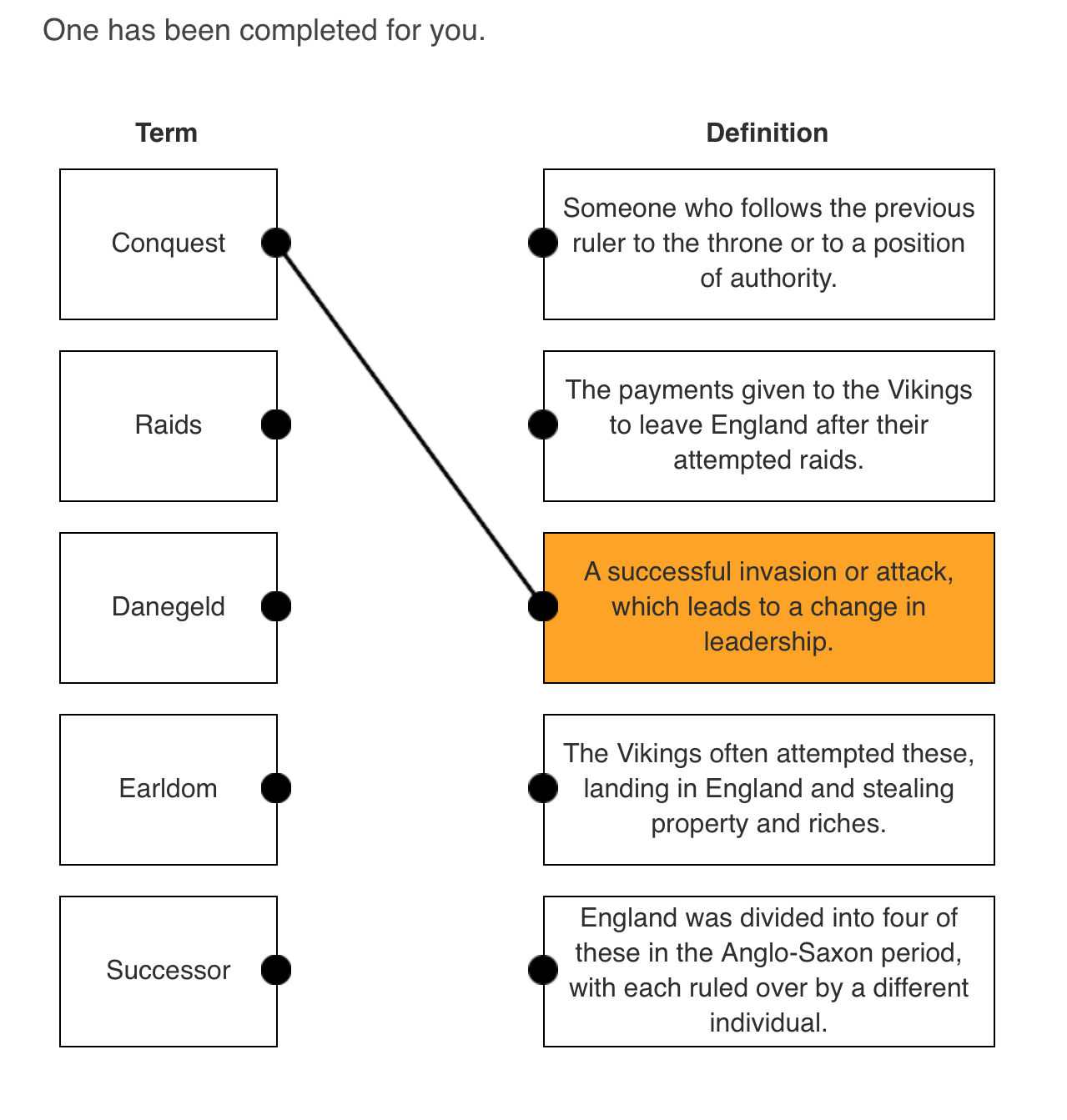L.P. Hartley famously stated that ‘the past is a foreign country, they do things differently there.’
The more time I spend in history classrooms the more I agree. I would go further, I don’t just think the past is a foreign country, I also think that history to many students is a foreign language. When you think about it the number of alien words used in a history classroom appear almost infinite.
I personally have only come to realise recently how important it is to help students understand and speak this language, or else their history lessons will forever be lost in translation. The job of the history teacher is multi faceted.
Obviously, there are many different types of words and language we need to focus on. James Woodcock and Arthur Chapman wrote groundbreaking articles on developing causal reasoning through language in Teaching History many years ago.
Here I want to focus on what some term substantive concepts.
Three groups of substantive concepts?
- Some keywords or terms that we use are highly specific to a certain period or place or time. ‘D-Day’, ‘The Blitz’ are all connected to World War. They are easy to recognise and their meanings need to be explicitly taught.
- Other key terms are a little more confusing, they come from one particular time period/context but can be applied to others, for example, ‘Nazism’, ‘Puritanism’, ‘Bolshevism’. These too need to be taught explicitly.
- The third group of concepts/terms are even more slippery. They can be applied to many different contexts and have different meanings in different subjects. Also depending on the historical context, their meaning can change. So ‘Parliament’ today has a different meaning to ‘Parliament’ in the 17th century. The Industrial ‘Revolution’ was very different from the French ‘Revolution’. ‘Church’ can mean a building, the congregation or Medieval Catholicism for example.
We often assume that our students’ know what these terms mean as they are common words, but their meaning in each context should be explicitly taught. If not, misconceptions can and will occur and student learning will be fuzzy and confused.
Ensure key terms use appears in your planning
The first thing to do is to identify the key terms that you are going to use in your day to day lesson planning. What alien words appear in your lesson today that could be a barrier to learning and therefore to student understanding?
An even better idea is to identify the key terms that you are going to use in an entire unit of work. This will allow you to introduce the key terms at the right place in the curriculum and then return to them again and again in your teaching, checking student understanding as you go.
If you think about your GCSE units each one has loads of foreign language. For crime and punishment, you have, for example, hue and cry, tithings, trial by ordeal, trial by jury, capital punishment, nightwatchmen, coroners, manor courts, the king’s court, bow street runners, judges…
To unlock Germany in the early 20th century, off the top of my head, students need to know the meanings of Kaiser, Reichstag, communism, socialism, Weimar, republic, reparations, treaty, nationalism, general strikes, freikorps, Chancellor, proportional representation, Nazi, November criminals, Spartacists etc etc etc.
It is vital that you teach these key terms at GCSE as much of it will be unique to a certain time period. But you shouldn’t wait until then to develop your students’ knowledge of historical key terminology.
In our curriculum planning, we have identified the key themes we will re-visit in each time period: beliefs, power, ordinary lives and cultural/international encounters. Then for each of these time periods, we came up with the tricky words or themes that we thought would appear. So in the Medieval Period in our beliefs section we have identified the following foreign words:
- Church, purgatory, superstition, Christendom, Pope, Archbishop, sanctuary. Relics, monks, monastery, tithe, excommunicate, dissolution, absolved, alms, penance, alter, astrology, doom (judgement).
Tips for teaching key substantive concepts
- Create a wall display with keywords and definitions. One trick that I learnt many years ago was to use A3 paper for my keyword displays. Another was to have the definition underneath the key term. The key term would be a kind of flap that was lifted and only then the definition would appear.
- Make sure that you refer to the key term will display in your day to day teaching! Too often wall displays lay idle.
- Get students to decide which definition goes with which term.

- Have the key terms in a list on one side of your board and the definitions jumbled on the other. Get the students to simply draw lines between the two. Here you can see how the software in www.historyhomework.com tests students’ GCSE knowledge of key terms in the Norman course:

- Re-enforce this key language at the start of lessons by using short knowledge quizzes ‘What key term is this the definition for?’
- Re-enforce this key language at the start of lessons by using the classic ‘odd one out’. See the image below taken from the Key Stage 3 strategy from a bygone era. By being able to explain the odd one out your students are being forced to use their knowledge of the terms to become more familiar with word meanings.

- Put students in pairs/groups. Have one student sit in front of the board facing her / his group. You then display the 10 key terms on the board and the group has to get their friend to get the correct word from their descriptions/explanations.
- Play articulate with the key terms from the lesson. Similar to 6, in pairs, one student has 5 / 10 key terms that they have to get their partner to guess without using the word itself.
- Play taboo – this is harder than articulate, it’s exactly the same as articulate but this time the describer is not allowed to use certain key terms. So for purgatory, you may not be able to use, ‘Hell’, ‘suffer’ and ‘pain’.
- Create definitions ‘bingo’ cards. To this give students a blank grid of say 9 squares. Have a list of 15 key terms on the board. They need to copy out just 9 key terms, one per square in their grid. You then play bingo by reading out the definition of each key term from the 15 in a random order. Each time a student gets it they cross it off on their bingo card. The first student to get ‘bingo’ wins whatever prize you are prepared to give them.
Revisiting key terminology
We are now led to believe that we have a greater understanding of how the brain works and how we remember things. If you want to know more about the best techniques to use to remember information then read this blog.
Re-visiting and distributing practice are key if your students are going to embed this language in their long term memories. For GCSE students HistoryHomework.com has been developed to test and re-visit lots of these key terms as you can see here. The teacher then gets gap analysis data showing how much the students’s know their stuff!
So let’s make sure that we make history and language accessible to all and help our students’ develop their historical vocabulary.




